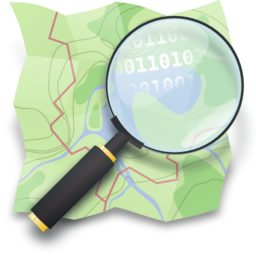That is interesting. I have been looking for 20MPH signs and realized I pass one every day, but it is a bit obstructed. Today, I passed two others, and one of them was right around a corner, so I figured maybe it was because of the angle, but the next was completely normal. None of these three signs have appeared on my FSD visualization.
Not sure if this was supposed to be follow-up to the previous post about the no right on red signs, but if it was, it doesn't indicate that protected lefts must have a no right on red for oncoming traffic at all. If you're posting code, I'd like to see that bit out of curiosity. Regardless, I agree that it indicates that any lane can be used on a protected left, and that could make a right-on-red accident the fault of the "right-turner" even though the "left-turner" was crossing lanes, but that delves away from defensive driving discussion anyway. As you likely understand, defensive driving is about avoiding accidents, not avoiding fault (which is why the "left-turner" should use the leftmost lane or at least avoid the rightmost one for the discussed situations), and IMO, FSD should be both law-abiding and defensive.
To be clear, are you saying your vehicle goes 55 where you think it's inappropriate? I have had several experiences where FSD isn't driving anywhere near the speed limit (in spite of the max setting indicating it can) when I feel it would be appropriate, especially on back roads with 50+mph speed limits, but even on roads with lower limits than that in some cases.
It's crazy how often this comes up. I think people see things they don't understand, but don't know they don't understand, and subsequently speak authoritatively about them even though they shouldn't. The fact is that the maps displayed on the MCU are Google maps. It is also a fact that navigation sometimes suggests routes that include roads that don't exist IRL or on the map displayed on the MCU. As Google could theoretically have navigation data that differs from its display maps, this doesn't necessarily prove that navigation isn't using Google data. That having been said, I don't know whether or Google allows any third party to access their navigation data, but I have seen multiple third parties authoritatively state that Google does not.
. I'm still not that comfortable with relatively busy streets in the day.





